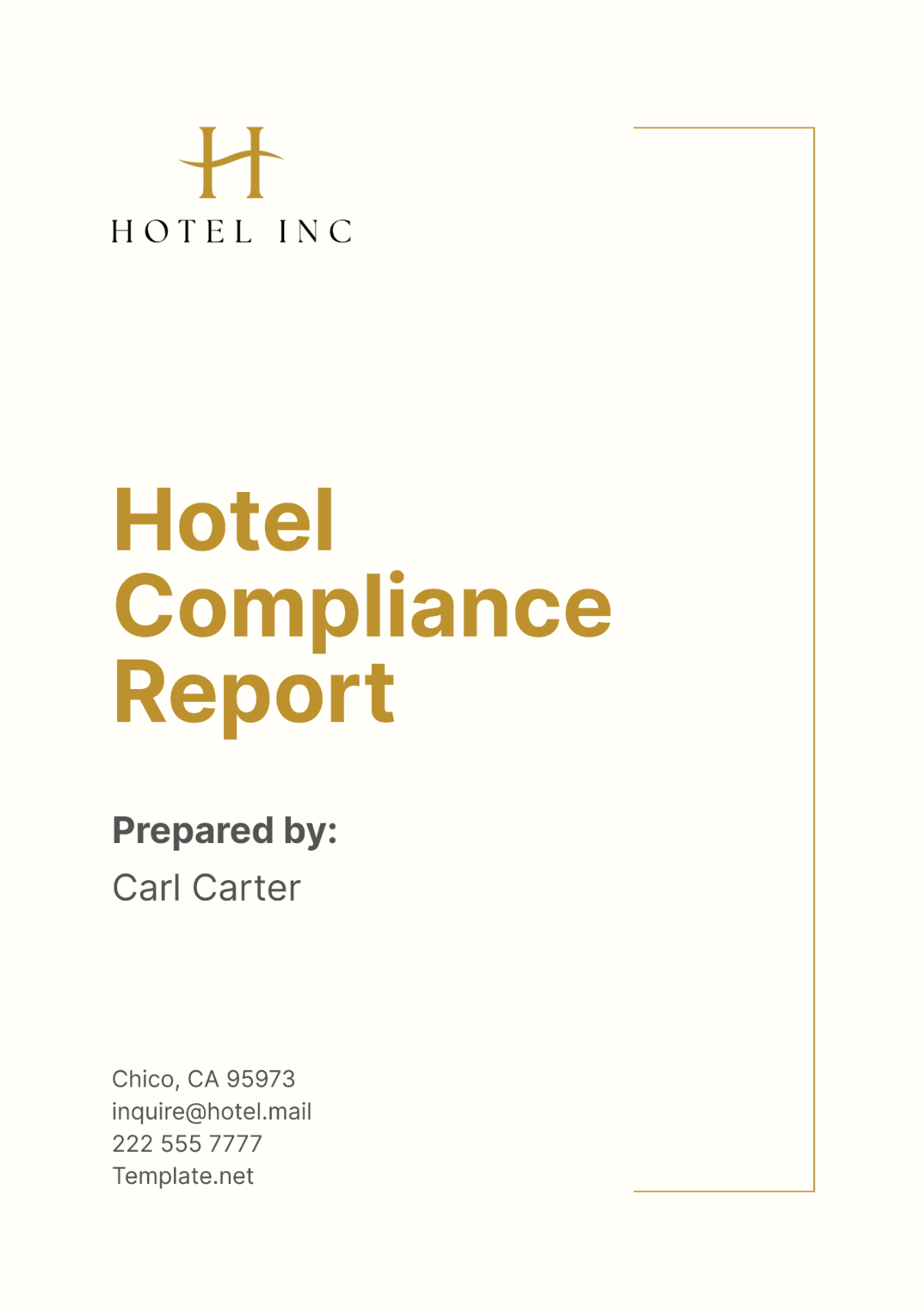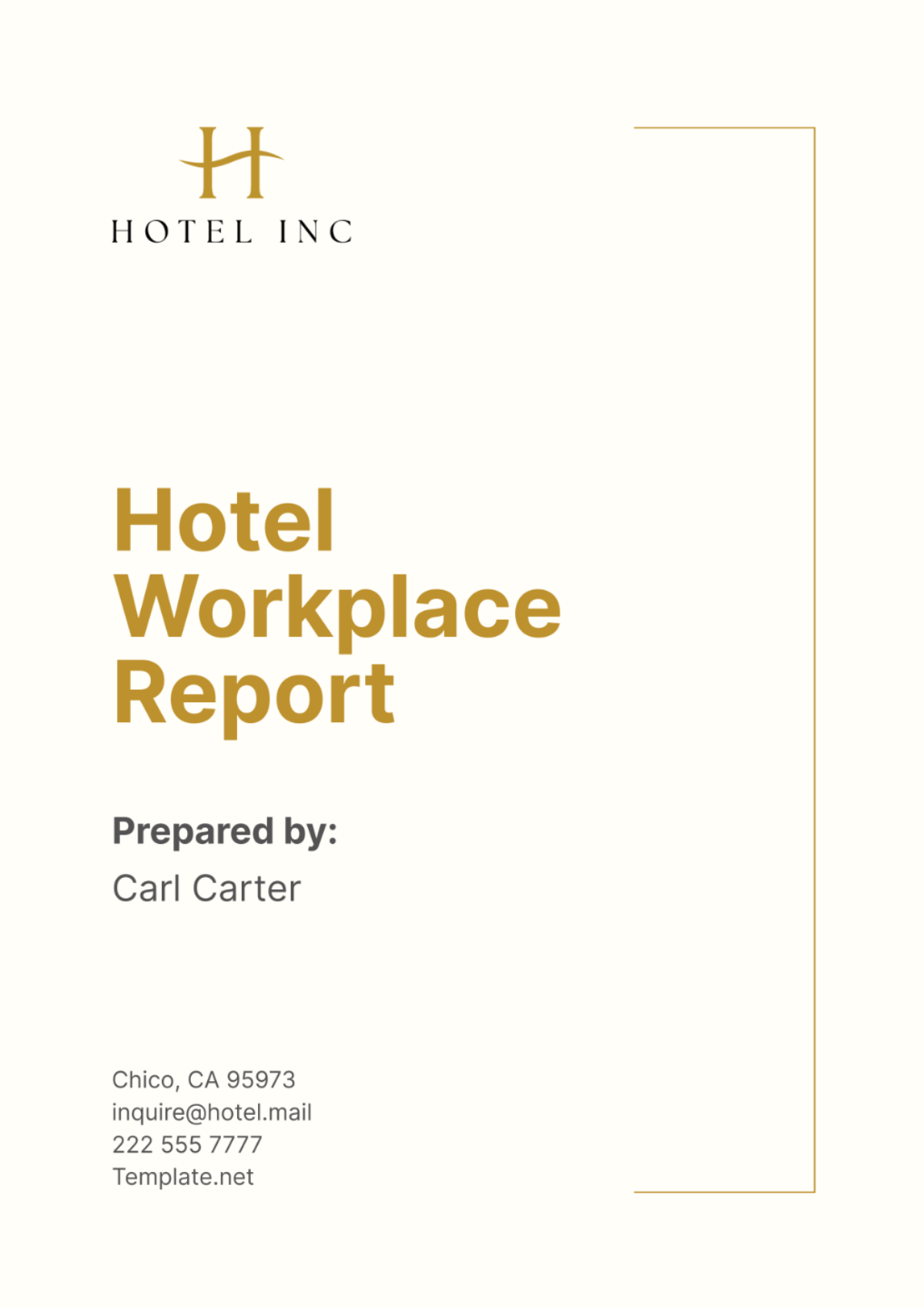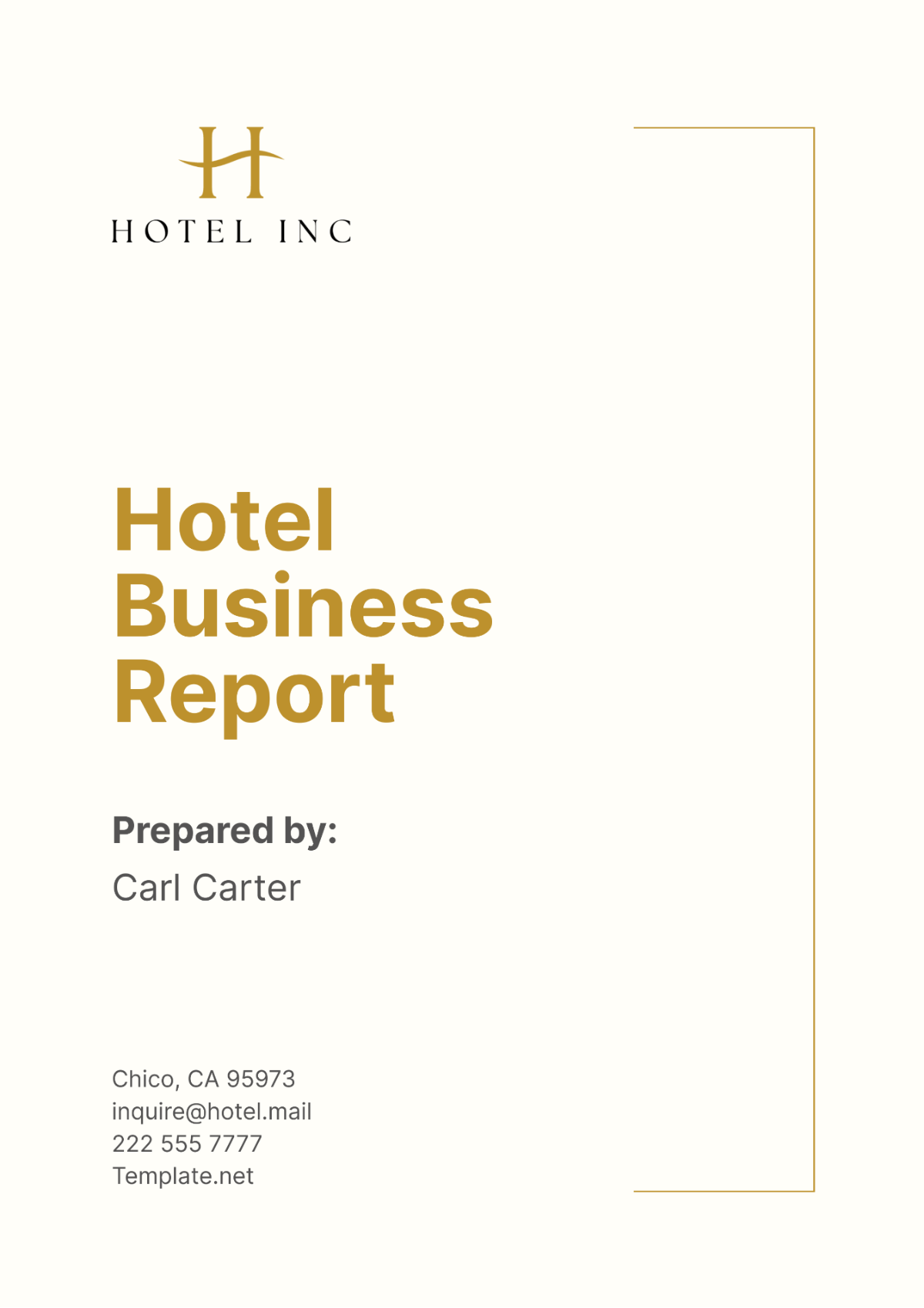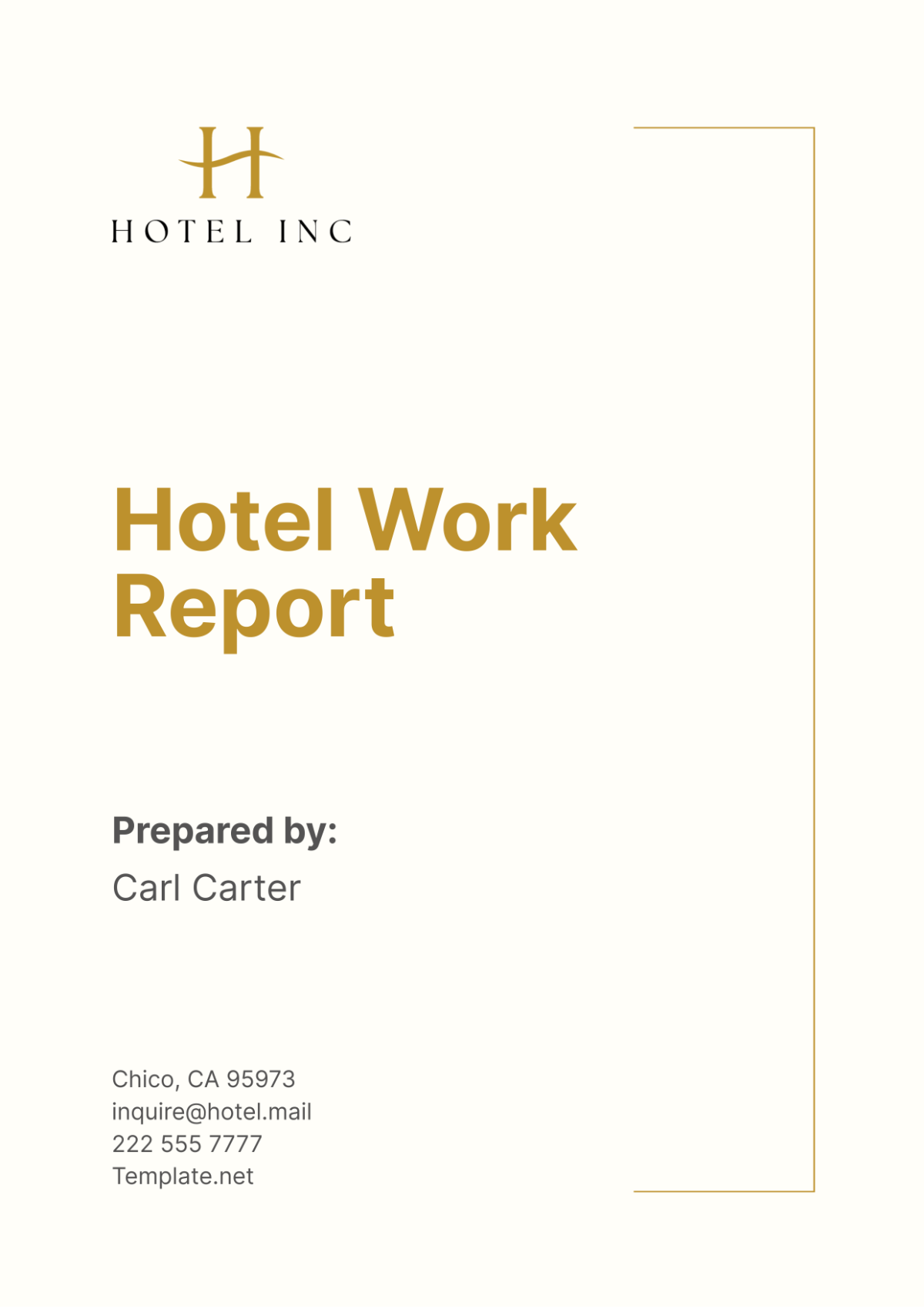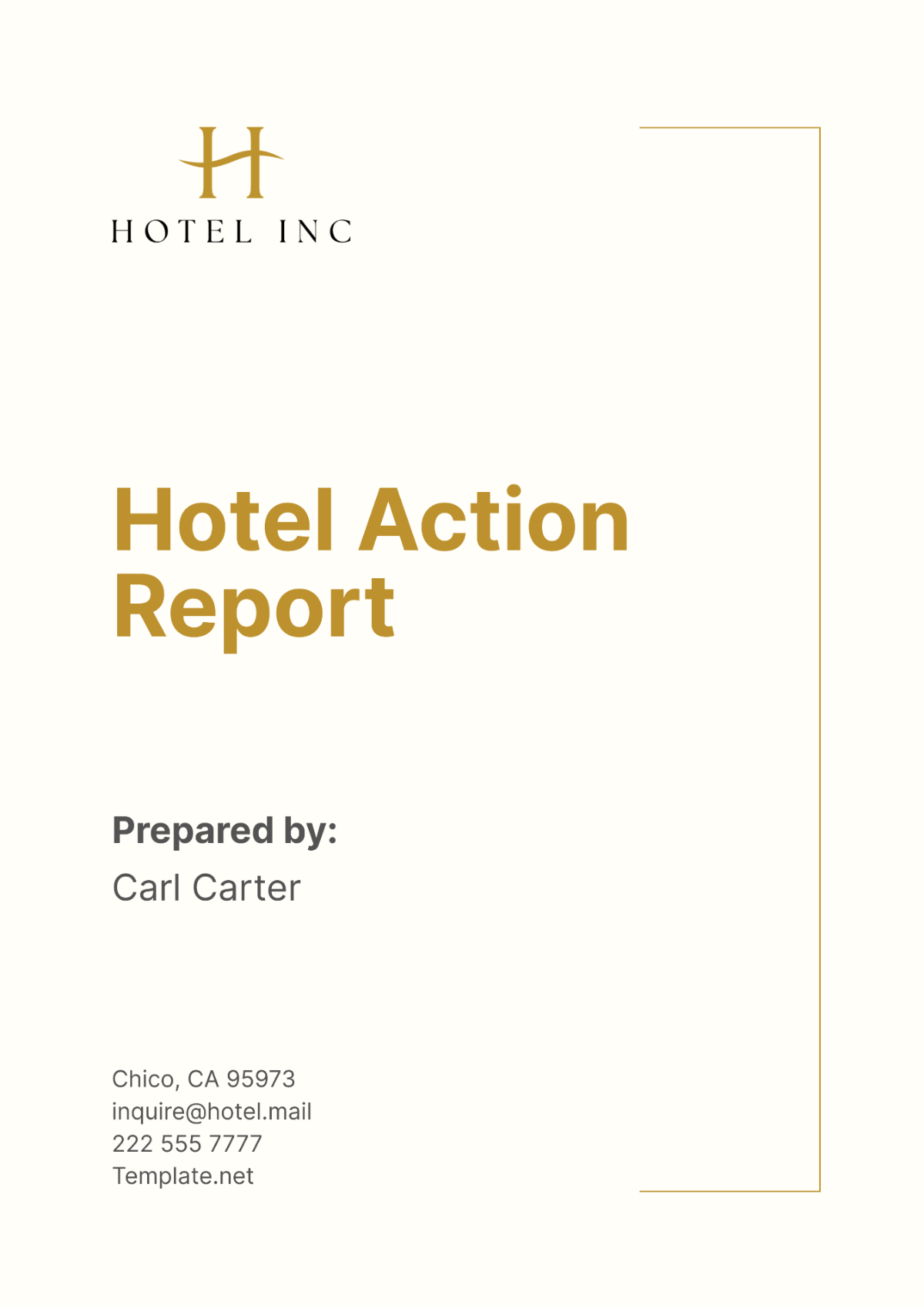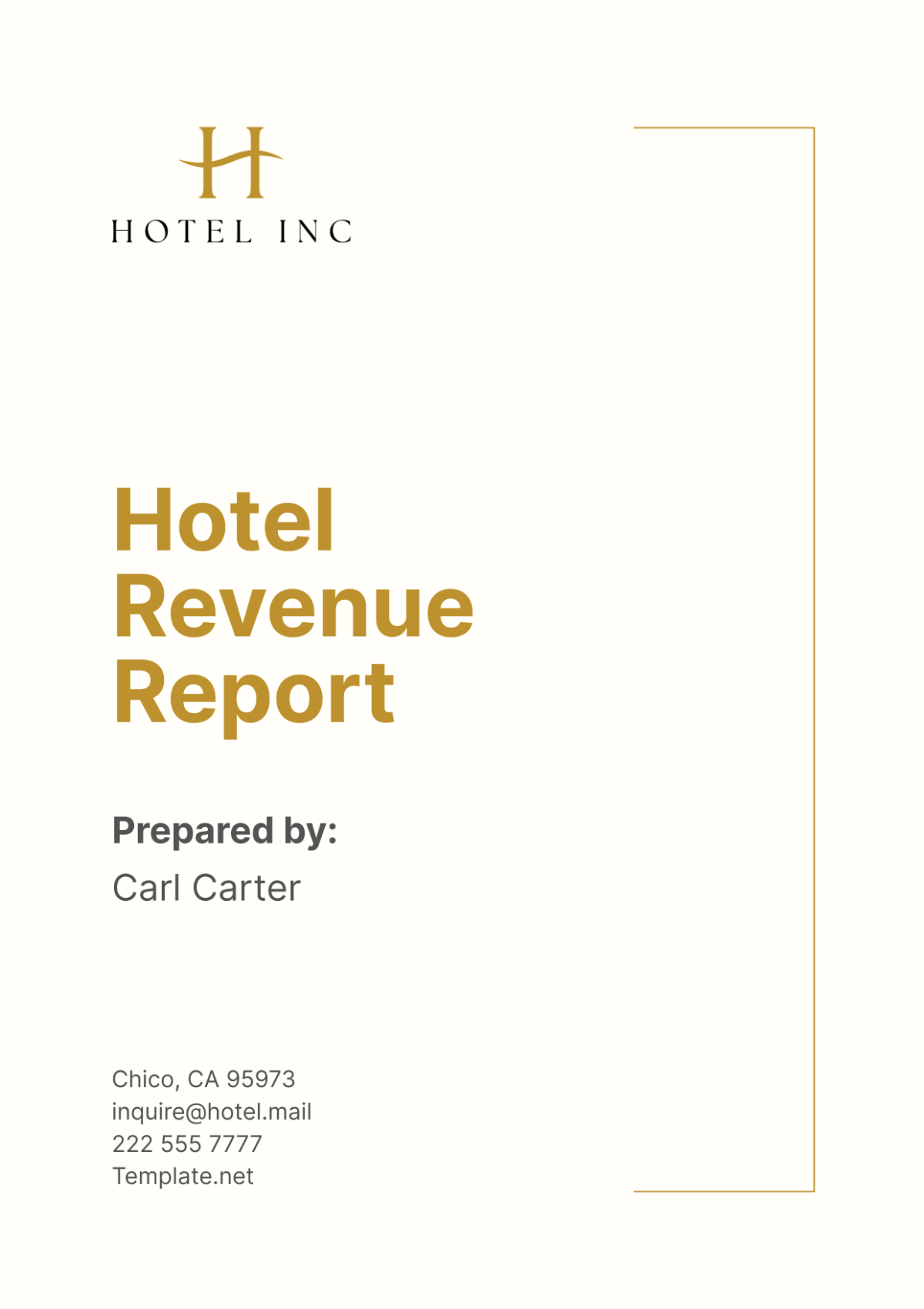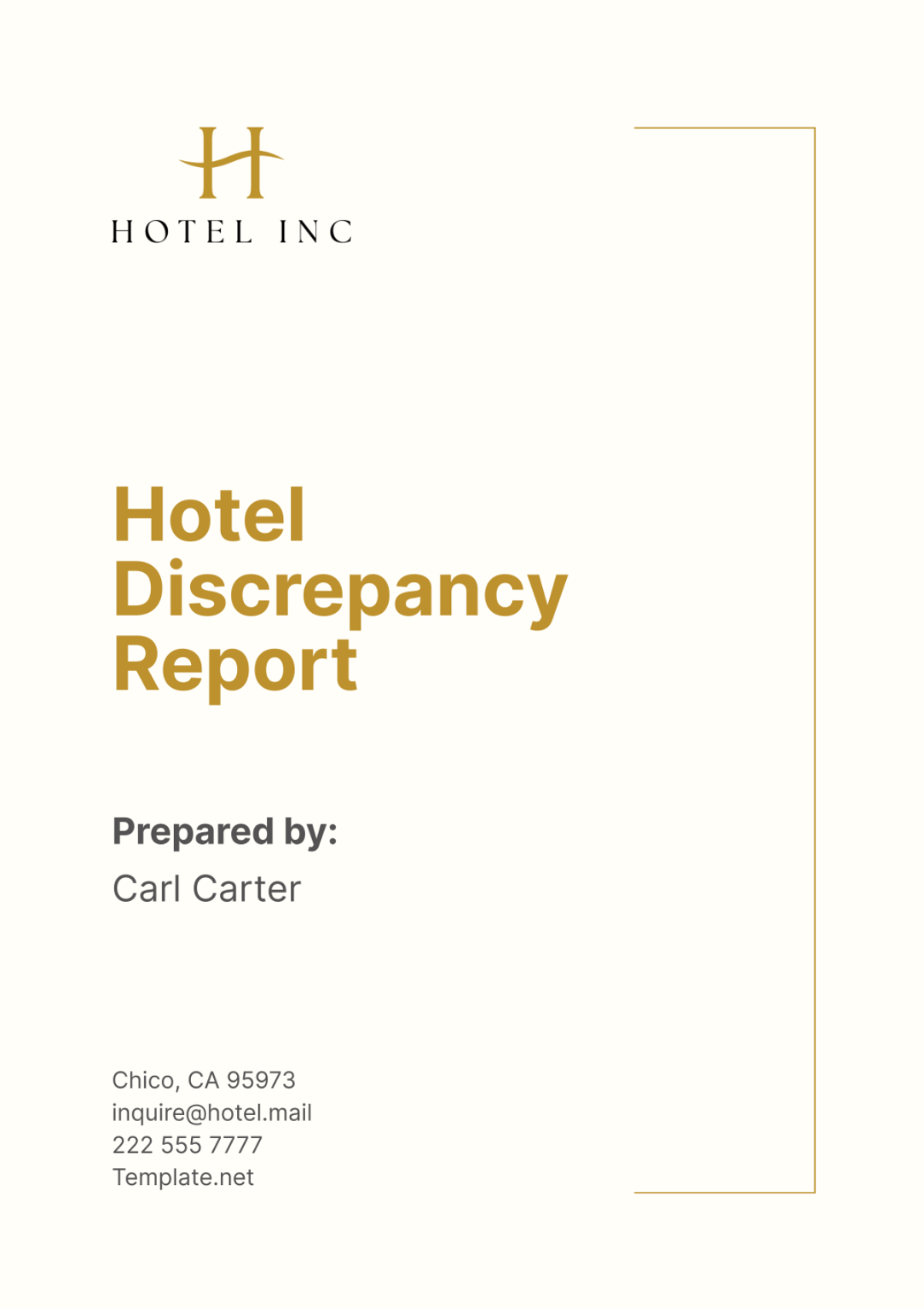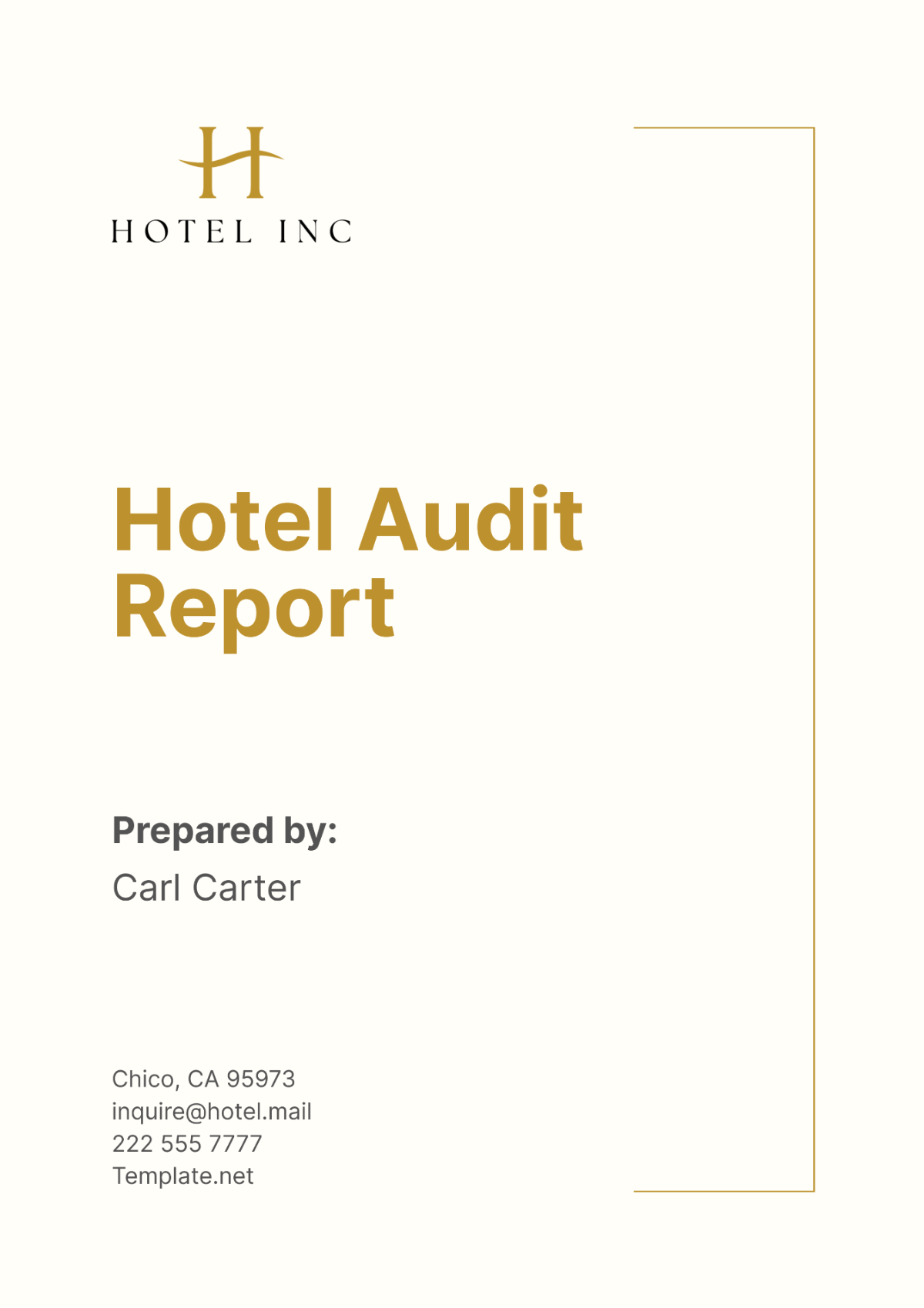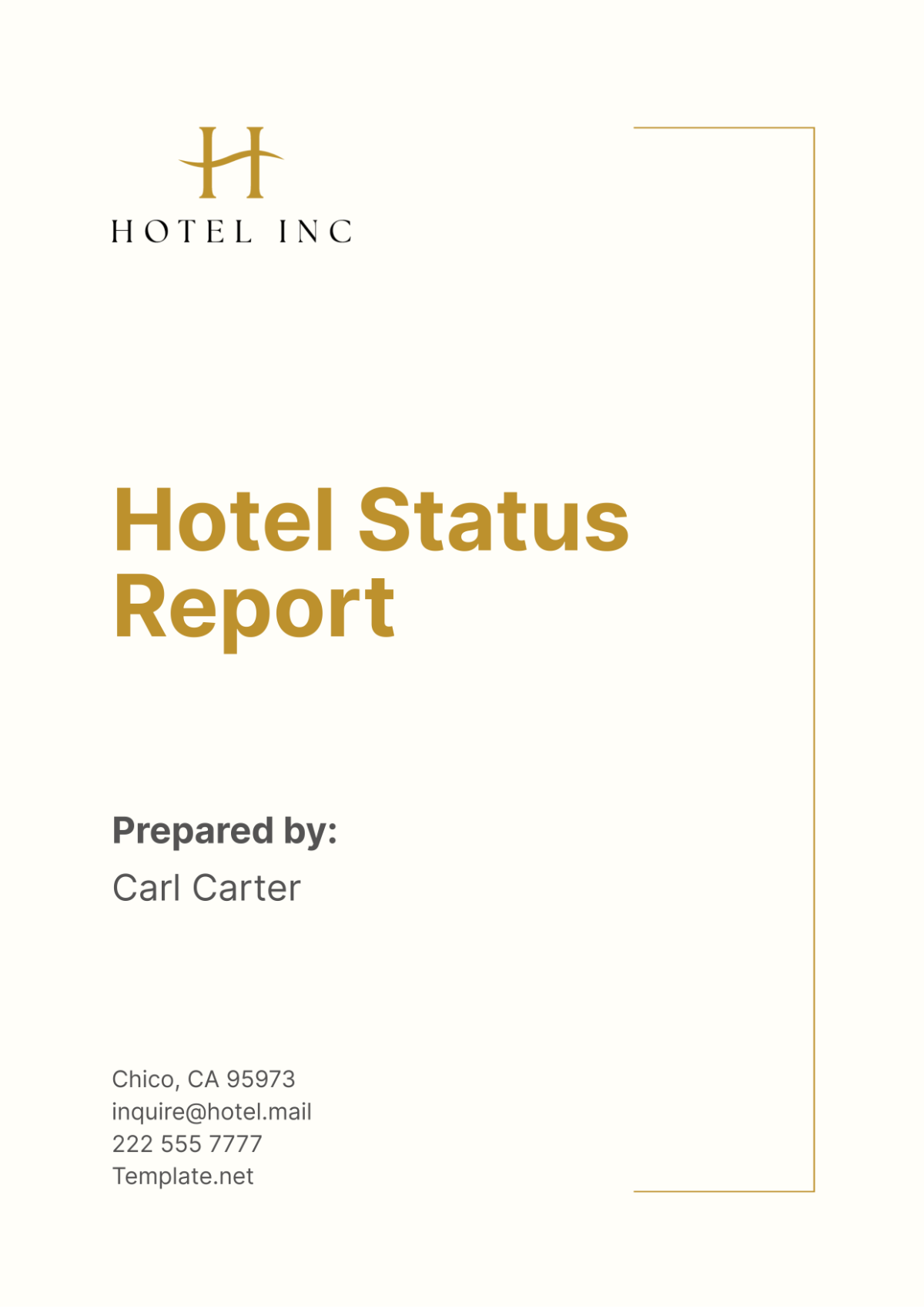Free Hotel Non-conformance Report
Make tracking hotel non-conformances a breeze with the Hotel Non-Conformance Report Template from Template.net. This editable and customizable template streamlines the reporting process, ensuring accuracy and efficiency. With built-in AI Editor Tool, easily tailor reports to your hotel's needs. Improve operations and guest satisfaction by promptly addressing issues with this comprehensive template.


